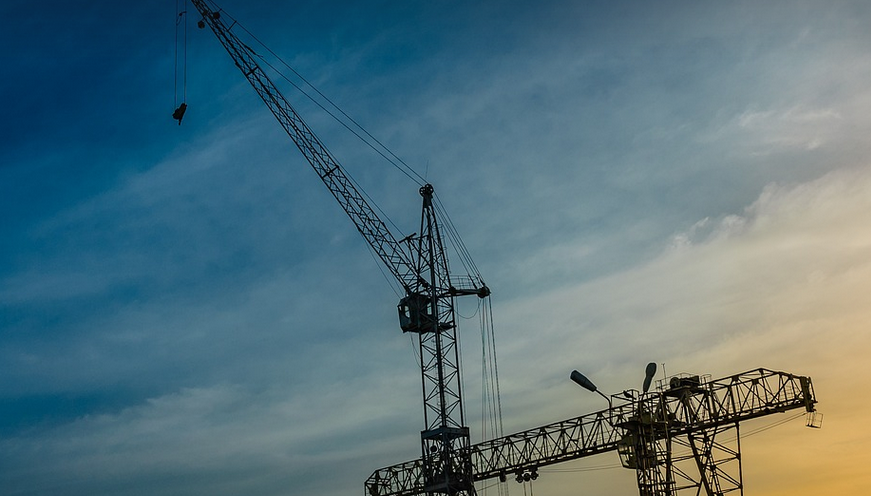Understanding the Basics
You’ve probably heard of recycling, but have you ever wondered what happens behind the scenes with those plastic bottles, cardboard boxes, and old electronics? It’s all part of a bigger picture known as **central transfer and recycling**, which helps us move towards a more sustainable future. Let’s dive deeper into this process that will make a tangible difference in our fight against climate change and protect the planet for generations to come. It’s not just about sorting your recyclables; it involves complex systems, skilled workers, and a commitment to environmental responsibility.
**What is Central Transfer and Recycling?**
Imagine a massive recycling facility that acts like a central hub for all your recyclables in the city. That’s essentially what a central transfer station does! These facilities receive waste from various collection points, including curbside bins and drop-off centers. They then process and sort this mixed waste to separate out different materials. Think of it like a giant sorting game with specialized equipment and trained professionals. Recycling trucks arrive at the central transfer facility, delivering their loads brimming with recyclable items. These items are carefully sorted and categorized based on material type: paper, plastic, metal, glass, and even electronics. This meticulous process ensures that every item gets the right treatment for recycling.
**The Journey from Collection to Recycling:**
Here’s a glimpse into how your recyclables make their way from your doorstep to a safe haven: 1. **Collection:** Your local municipality or waste management service collects your recyclables using dedicated bins and trucks. 2. **Sorting & Processing:** These trucks arrive at the central transfer facility, where trained staff unload the recyclable materials onto conveyors that are carefully guided through various sorting stations. 3. **Separation:** The magic begins here! Automated machinery separates the different types of recyclables: cardboard boxes go on one conveyor belt, plastic bottles another, and so on. 4. **Cleaning & Processing:** Each material is then thoroughly cleaned before it’s ready to be processed for remanufacturing into new products. This might involve shredding, washing, or crushing the materials based on their specific properties.
**Why Central Transfer Matters**
Central transfer stations play a crucial role in making our recycling system work smoothly and efficiently: * **Streamlined Process:** They act as a central hub for all your recyclables, streamlining the sorting and processing of waste. * **Efficient Sorting & Separation:** The use of automated machinery ensures accurate separation of different recyclable materials. * **Improved Recycling Rates:** Central transfer facilities play a significant role in boosting recycling rates by ensuring that materials are properly sorted and processed for re-use or recycling * **Environmental Protection:** By diverting waste from landfills, central transfers help reduce pollution and conserve valuable resources on Earth’s precious natural lands.
**The Power of Participation**
You can play an active role in ensuring the success of these facilities: 1. **Follow Local Regulations:** Check your city or region’s guidelines for recycling, as rules may vary depending on location. 2. **Clean Up Your Act:** Make sure to thoroughly clean and sort your recyclables before putting them into designated bins. This ensures they are processed efficiently and effectively. 3. **Educate Yourself:** Understand the different types of recyclable materials accepted in your area to contribute to a successful recycling process.
**The Future of Central Transfer and Recycling: Sustainable Practices for All**
As our society moves towards a more sustainable future, central transfer and recycling will only become more important. We’re talking about a world where businesses, organizations, and individuals are committed to using less energy, reducing waste, and minimizing the impact on our planet.
**Looking Ahead: A Call for Action**
The journey towards a sustainable future is not just about recycling; it’s about raising awareness and inspiring positive change in every aspect of our lives. Let’s continue to learn from these facilities, participate in their efforts, and advocate for stronger environmental regulations that promote responsible waste management practices across the globe. By working together, we can create a cleaner, healthier planet for generations to come.
